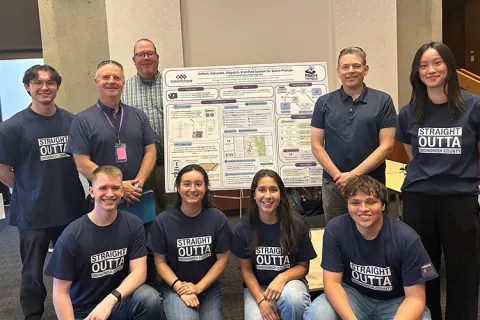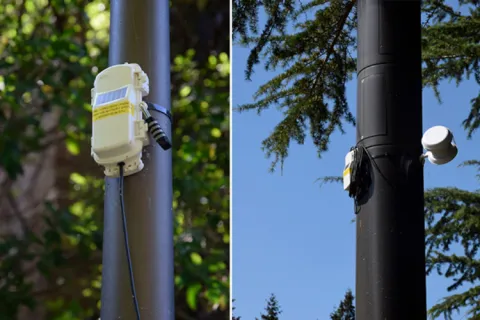Membrion
Greenhouse Gas Emissions Calculator for Conventional Wastewater Treatment
Traditional treatment methods for metal-containing wastewater typically involve a mix of off-site trucking, chemical precipitation, incineration, and/or encapsulation. While there exist open-source greenhouse gas (GHG) calculators for treating municipal waste, these tools do not exist for metal-laden industrial waste streams. The goal for this student team is to develop a tool that can estimate the GHG emissions associated with conventional treatment methods based on flow rate, and high-level water quality data (i.e., pH, total dissolved solids, metal-ion concentrations). By comparing to GHG emissions of Membrion's wastewater treatment process, we can calculate the total GHG abated by customers who employ these new wastewater strategies. As companies and investors increase their focus on environmental, sustainability, and governance (ESG) goals, this numbers gives them quantitative motivation to fund and adopt new technologies. -Students will first perform a literature review of common treatment methods for 3 industries producing metal-laden wastewater: semiconductor, metal plating/finishing, and mining (specifically acid mine drainage). -Students will identify important input parameters necessary to calculate GHG emissions and determine which can be user inputs vs documented assumptions. -Students will leverage open-source data and document assumptions to calculate GHG emissions associated with each process. The student team will work to complete a literature review of common treatment methods for metal-containing wastewater from 3 main industries: semiconductor manufacturing, metal plating/finishing, and mining (specifically acid mine drainage). The desired outcome for the student team is an Excel workbook with sections that calculate these processes. Currently, Membrion has identified these sections: 1) Wastewater input parameters - allows users to input variables such as flow rate, and water quality data (i.e., pH, total dissolved solids, metal-ion concentrations) 2) Treatment parameters - allows users to select which treatment processes are utilized. 3) GHG from chemical precipitation - uses input parameters to calculate GHG emissions associated with production of chemicals such as lime for precipitation 4) Trucking - estimates GHG emissions associated with trucking wastewater and based on volume trucked and average distance to off-site treatment. 5) Incineration - GHG emissions associated with incinerating sludge to create a solid 6) Encapsulation - Determine GHG associated with encapsulating metal-containing sludge to prevent leaching back into the environment.
Faculty Adviser(s)
David Beck, Chemical Engineering
Related News

Mon, 10/13/2025 | UW Mechanical Engineering
Capstone collaboration leads to award
An ME capstone team received first place for its energy audit of the UW School of Social Work building.

Thu, 07/17/2025
UW engineering students develop smart ballot solution
UW engineering students develop smart technology solution to improve ballot collection for Snohomish County.

Mon, 07/07/2025 | UW Mechanical Engineering
Capstone creations
Students displayed innovative capstone design projects at the 2025 expo.

Fri, 09/20/2024 | UW Civil & Environmental Engineering
Smarter irrigation for a greener UW
A new project combines satellite data with ground sensors to conserve water and create a more sustainable campus environment.